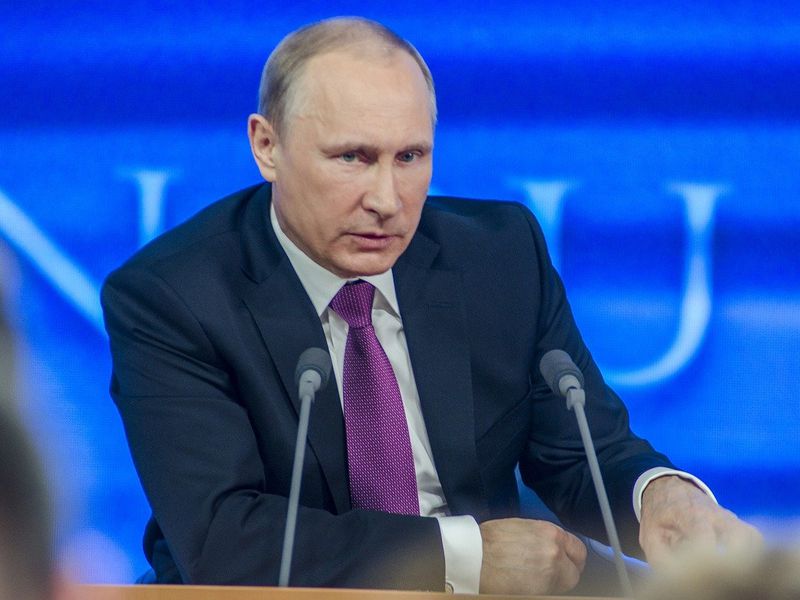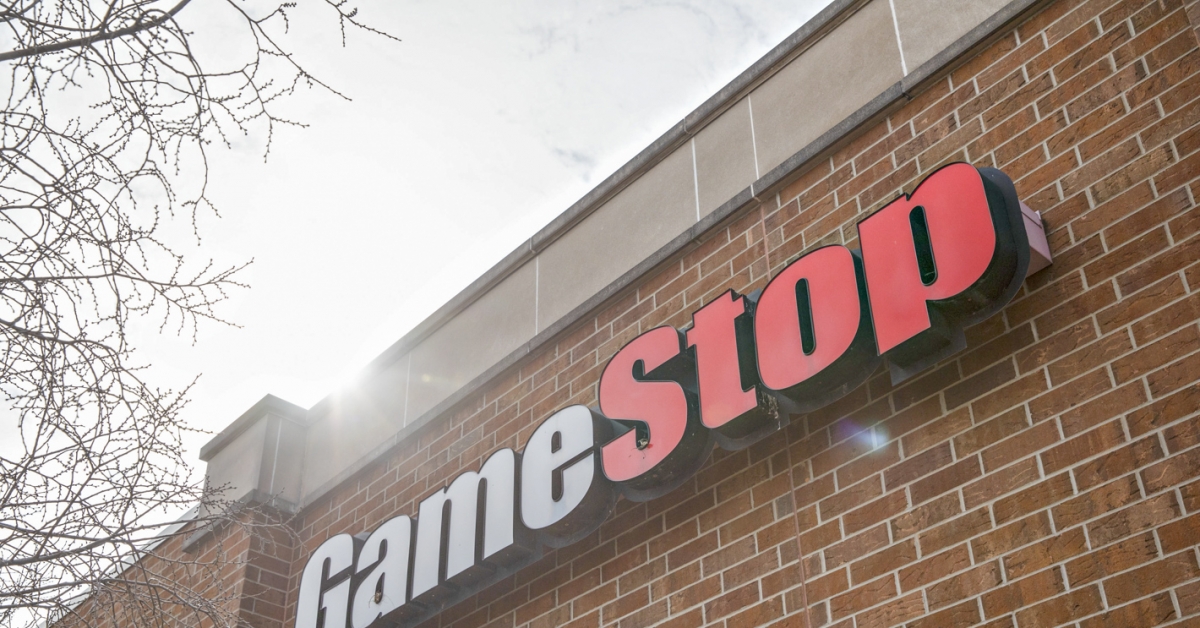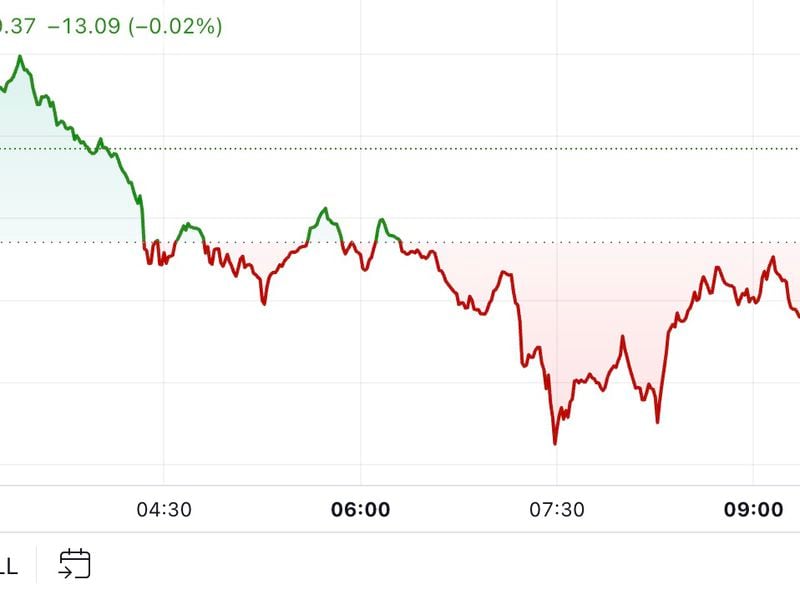Liquidity and Options Pave the Way for Bitcoin ETF Market Expansion
-
Bitcoin ETFs have recorded a total net inflow of $18.9 billion and currently hold around 869k BTC.
-
Bitcoin ETFs account for approximately 3% of the total bitcoin trading volume.
-
A portion of the inflows into bitcoin ETFs is driven by the “basis trade”, where investors seek to profit from the price difference from the spot and futures price.
Bitcoin (BTC) exchange-traded funds (ETFs) have attracted vast amounts of media attention in 2024, and rightly so, for being the most successful ETF launch of all-time.
Since their launch on Jan. 11, bitcoin ETFs have attracted a total net inflow of $18.9 billion, according to Farside data. The nine newborn ETFs excluding Grayscale Bitcoin Trust (GBTC) hold 646k BTC. GBTC itself holds an additional 223k BTC, according to heyapollo data. In total, bitcoin ETFs now hold 869k BTC, representing approximately 4% of the circulating bitcoin supply.
Bitcoin ETFs have achieved several significant milestones this year. Most notably, this decade has seen the launch of 2,000 ETF launches, with iShares Bitcoin Trust (IBIT) and Fidelity Wise Origin Bitcoin Fund (FBTC) among the top 10 in terms of biggest assets, according to Eric Balchunas, Senior Bloomberg Analyst.
ETF trade volume is a small fraction of the market
However, the ETF market remains a small fraction of the overall bitcoin trading volume.
According to checkonchain data, on Oct. 11, the last full trading day, the bitcoin futures market traded $53.4 billion, the spot market traded $4.5 billion and the ETFs traded $2 billion. This means ETF trading volume accounted for roughly just 3% of the total bitcoin market volume that day.
The basis trade is a portion of the total inflows
It is difficult to know the exact percentage of inflows into the ETFs that are tied to the “basis trade”, which is also known as the cash and carry trade. This strategy involves investors going long the underlying asset while simultaneously shorting the futures contract, which typically trades at a premium. The goal of the trade is to capture the premium between the spot and futures price. As the futures contract nears expiration, its price converges with the spot price, closing the arbitrage opportunity and allows the investor to capture the spread.
This is a market-neutral trade, as the investor is both long and short the same asset. The futures position offsets any movement in the underlying ETF’s spot price, allowing the investor to lock in the arbitrage premium without being exposed to directional market risk.
IBIT’s biggest holders
Using Fintel data, to review IBIT’s largest holders, which have been disclosed in the 13-F filings, where institutions with over $100 million in assets under management (AUM) must report ETF purchases. The top holdings show that major holders such as Goldman Sachs and Jane Street Capital are authorized participants (APs) involved in the creation and redemption of the ETF shares. Additionally, hedge funds such as Millenium Management and Capula Management appear to be most likely using the ETF for the basis trade. The only significant holding that doesn’t seem to be part of this strategy is the State of Wisconsin Investment Board.
:format(jpg)/cloudfront-us-east-1.images.arcpublishing.com/coindesk/35JKFBZ7JZB77DERDYDJGFWNEU.png)
What can we expect moving forward
Private wealth management firm Bernstein previously referred to the institutional basis trade as a “Trojan horse for adoption.” Bernstein suggested that as liquidity in the ETF market grows, these trades could lead to net long positions. As ETFs become a larger part of the overall market, liquidity and investor participation will be further enhanced.
Another potential catalyst for the ETFs is the approval of physically settled options tied to IBIT. These options, favored by more sophisticated investors, provide opportunities to earn passive yield through strategies such as covered calls or allow miners to hedge their position. As ETF adoption increases, these factors are expected to play a larger role in the market.
Edited by Oliver Knight.
Disclosure
Please note that our
privacy policy,
terms of use,
cookies,
and
do not sell my personal information
have been updated
.
CoinDesk is an
award-winning
media outlet that covers the cryptocurrency industry. Its journalists abide by a strict set of
editorial policies.
CoinDesk has adopted a set of principles aimed at ensuring the integrity, editorial independence and freedom from bias of its publications. CoinDesk is part of the Bullish group, which owns and invests in digital asset businesses and digital assets. CoinDesk employees, including journalists, may receive Bullish group equity-based compensation. Bullish was incubated by technology investor Block.one.
:format(jpg)/author-service-images-prod-us-east-1.publishing.aws.arc.pub/coindesk/7fe88428-ae49-4453-ab19-5cfbf125689b.png)
As the senior analyst at CoinDesk, James specializes in Bitcoin and the macro environment. Previously, his role as a research analyst at Swiss hedge fund Saidler & Co. introduced him to on-chain analytics. He monitors ETFs, spot and futures volumes, and flows to understand Bitcoin.
Follow @btcjvs on Twitter








